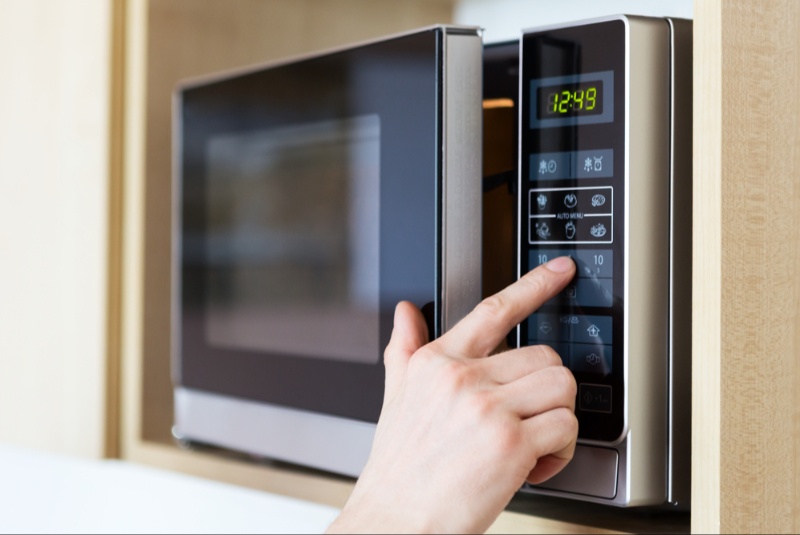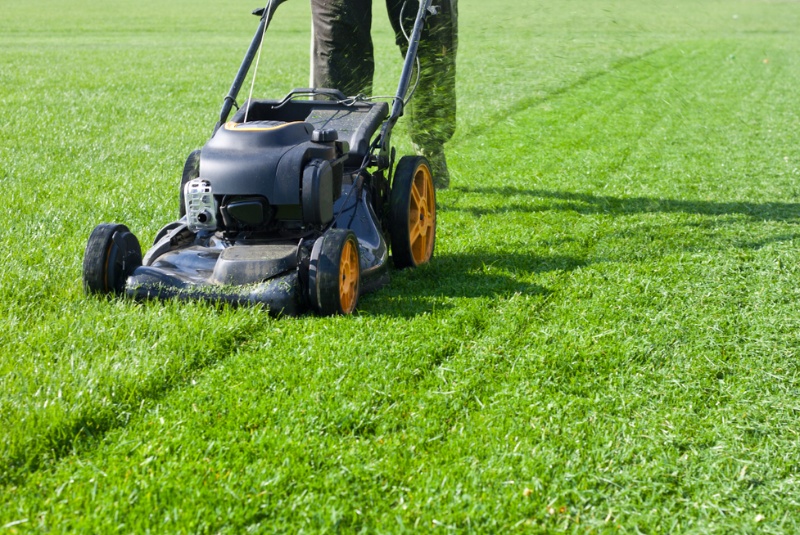When it comes to purchasing a flashlight, the vast array of options available on the market can be overwhelming. From lumens to durability, the specifications vary widely, making it crucial for consumers to understand what makes a flashlight suitable for their specific needs. This guide aims to illuminate the path for potential buyers, offering insights into the essential features and functions of flashlights. By the end of this article, you will be equipped with the knowledge to make an informed decision, ensuring that you select a flashlight that not only meets but exceeds your expectations.
Understanding Lumens and Brightness
The concept of lumens is central to understanding flashlight brightness. In simple terms, lumens measure the total amount of visible light emitted by a source. Flashlights can range from a modest 20 lumens, suitable for reading a book in a tent, to a staggering 1000 lumens or more, capable of illuminating vast areas. However, more lumens does not always mean better. The key is to consider the intended use of the flashlight. For everyday tasks, a flashlight with 100 to 300 lumens is usually sufficient. For outdoor activities or emergency situations, opting for a model with 600 lumens or more can provide the powerful illumination required. It's also worth noting that higher lumens often result in shorter battery life, so consider your priorities when making a selection.
Battery Life and Power Source
Battery life is a critical factor to consider when purchasing a flashlight. The duration for which a flashlight can operate on a single charge or set of batteries varies significantly between models. Some flashlights offer extended battery life but at the cost of lower brightness, while others provide intense brightness for shorter periods. Consumers must balance the need for brightness with the need for longevity. Additionally, the type of battery used—rechargeable vs. disposable—plays a significant role. Rechargeable batteries, such as lithium-ion, are more cost-effective and environmentally friendly over the long term, whereas disposable batteries might be more convenient for infrequent use.
Durability and Construction Quality
A flashlight's build quality can greatly impact its durability and longevity. Materials such as aircraft-grade aluminum or high-quality plastics offer resistance to impacts, drops, and harsh weather conditions. For those who anticipate using their flashlight in rugged environments, considering water resistance (measured by the IPX rating) and impact resistance is essential. A higher IPX rating signifies better protection against water and dust, making the flashlight a reliable companion for outdoor adventures or emergency situations. Don't overlook the importance of a solid construction—it can mean the difference between a flashlight that lasts a decade and one that fails when you need it most.

Beam Type and Distance
The beam type and distance are crucial aspects to consider when selecting a flashlight. Flashlights often feature either a fixed beam, which provides consistent illumination, or an adjustable beam, which allows users to vary the focus between a wide flood for close-up tasks and a tight spotlight for long-distance visibility. The beam distance, measured in meters, indicates how far the light can travel before diminishing to the brightness of a full moon—considered the minimum for safe and effective navigation outdoors. For outdoor enthusiasts or those needing to illuminate distant objects, opting for a flashlight with a long beam distance and adjustable focus is advantageous. This adaptability ensures the flashlight can be tailored to various situations, whether for close-up work or scanning the horizon.
Control and User Interface
The control and user interface of a flashlight play a significant role in its ease of use, especially in urgent or demanding situations. Many flashlights come with a simple on/off switch, while others offer multiple modes that can be accessed via a single button or a combination of buttons. Advanced models may feature a programmable interface, allowing users to customize the order of brightness levels and special modes such as strobe or SOS. When selecting a flashlight, consider how intuitively you can operate it. A flashlight that allows for quick and easy mode changes can be invaluable in emergency situations or when performing tasks that require different levels of illumination. The right interface can enhance the functionality and user experience of the flashlight, making it a more versatile tool in your kit.
Size, Weight, and Portability
The size and weight of a flashlight affect its portability and ease of use. For those who intend to carry their flashlight regularly, such as on a keychain or in a backpack, compact and lightweight models are preferable. However, smaller flashlights may compromise on brightness and battery life, so it's important to find a balance that suits your needs. Some flashlights come with clips, lanyards, or carrying cases, enhancing their portability and making them easy to access when needed. Consider how you plan to use and carry your flashlight to ensure you choose a model that blends seamlessly with your lifestyle.
Additional Features and Functions
Modern flashlights come equipped with a variety of features that can enhance their utility. Adjustable focus allows users to switch between a wide floodlight and a focused beam, making the flashlight versatile for different scenarios. Multiple brightness settings can help conserve battery life or provide intense illumination when necessary. Other useful features might include strobe or SOS modes for emergencies, a tail stand capability for hands-free use, and even USB charging ports for convenience. Evaluate which additional features will provide the most value for your specific needs, keeping in mind that more features can sometimes mean a higher price tag.
Choosing the right flashlight involves more than picking the brightest option available. By considering lumens, battery life, durability, size, and additional features, consumers can find a flashlight that not only meets but exceeds their expectations. Whether for everyday use, outdoor adventures, or emergency preparedness, the perfect flashlight is one that aligns with your specific needs and preferences. Armed with the knowledge from this guide, you're now ready to make an enlightened decision on your next flashlight purchase, ensuring that you remain well-lit in any situation.




